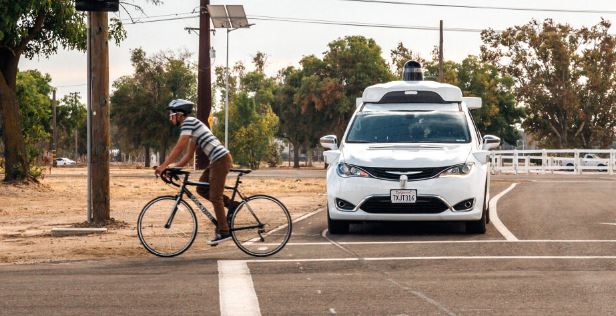The University of Glasgow researchers have emphasized the importance of self-driving cars and understanding the “language of cyclists” in ensuring road safety. The paper titled “Keep it Real: Investigating Driver-Cyclist Interaction in Real-World Traffic” suggests that as autonomous vehicles become more common on the roads, more needs to be done to protect cyclists. While there has been much research on building safety features for pedestrians, comparatively little has been done on how autonomous vehicles can share the road safely with cyclists, according to the paper.
The team of specialists in human-computer interaction offers recommendations based on their study, emphasizing that autonomous vehicles need to behave appropriately and understand human communication. One solution is to have cyclists wear “smart glasses” with which autonomous vehicles can communicate directly. The paper also suggests that displays integrated into the exteriors of autonomous vehicles could signal intentions, such as turning, slowing down, or accelerating. However, designers should be cautious not to overload cyclists with unnecessary information, warn the researchers.
The team conducted two observational studies of road traffic in Glasgow to understand how users interact. They watched 414 interactions between bike riders and motorists at five intersections during busy morning and late afternoon periods, noting how they communicated with each other. The researchers also gave 12 volunteers eye-tracking glasses and head-mounted video cameras to cycle with, gaining insight into what people look at during their journey.
According to Professor Stephen Brewster, the lead researcher, road users have developed a shared language over time to negotiate shared spaces safely. The researchers aim to identify the ways in which that language works to guide the development of versatile new methods of communication with cyclists that are easily understandable, reliable, and predictable in any traffic situation.

